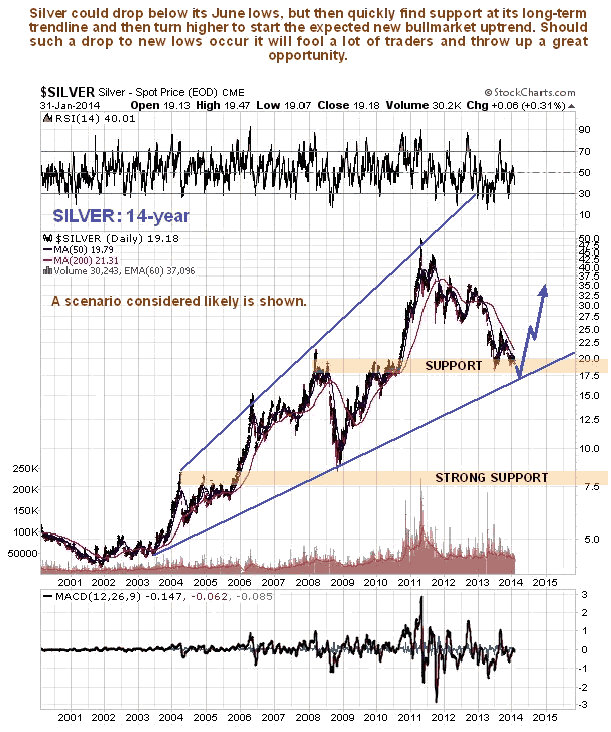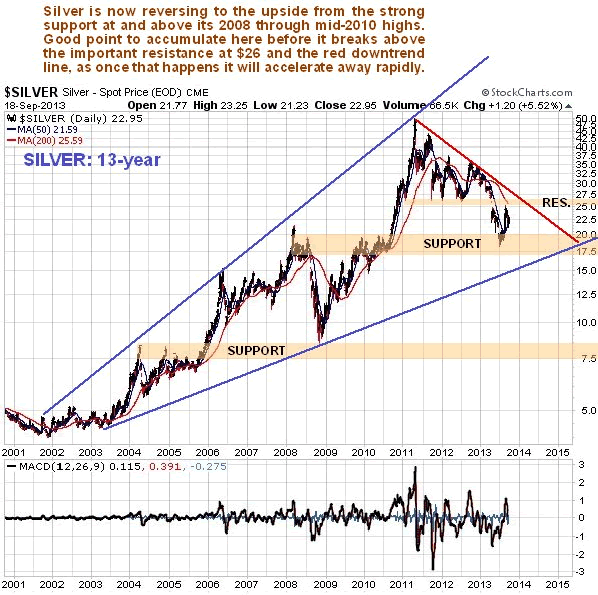|
||||
Retirement
The Pension Challenge
A growing challenge for many nations is population ageing. As birth rates drop and life expectancy increases an ever-larger portion of the population is elderly. This leaves fewer workers for each retired person. In almost all developed countries this means that government and public sector pensions could collapse their economies unless pension systems are reformed or taxes are increased.
The Japanese Pension System is only available once you have paid into the system for 25 years, assuming they have your records! Even so this is only for the basic subsistence level, if you could call it even that, as it is below poverty line income.
So what should one do? As always DIY – there are many very easy ways to start savings. One is to sign up for a portable pension plan. This will be a minimum of five years but is best aimed at your earliest foreseeable retirement age. This will normally be between 55 and 60. You also agree a monthly amount to put away. The more you put into the plan, the more there will be for your retirement. However, you should not take on an obligation you cannot fulfill.
It is very easy as one can contribute using a credit card – this is convenient, is cheaper than using a bank to make transfers, and after a few months you don’t really notice the money going out. Your monthly contribution is then invested into a series of mutual funds. Doing things this way gives you advantages:
Access to diversified range of funds. The days of opaque mystery funds and lack of choice are long gone. You can be in range of funds which will sustain overall performance and cushion you from the gyrations of the markets. Yes, you can be in a wide variety of stock funds; you can also be in high-grade or high-yield bond funds, in gold stocks, in resource stocks, or in property income funds. Diversified portfolios do better in the long run.
Dollar cost averaging means investing a fixed amount at fixed intervals of time. That’s a sensible approach, for example, if it means committing yourself to investing a fixed amount of your salary every month toward your retirement. Dollar Cost Averaging is nothing more than the systematic investment of a fixed dollar amount at regular time intervals. However, once you initiate the plan, the key to success is sticking with it and ignoring market fluctuations. This is part of the investing puzzle that allows you to invest with more aggressive and volatile funds such as China, India, Latin America, Eastern Europe etc. as they hold over 2/3 of the worlds population and they will overtake the current leaders but there will be bumps which cost averaging will help you benefit from. For Example, you could invest $1,000 every month ($12,000 a year) not that much really when you think about it’s about $33 a day.
(If one did $12,000 a year for 15 years and got 10% return this would be become about US$419,000, however if you then left this for a further 15 years and did not add anything it would grow to become about US$1,750,000 – the power of time and compound interest.)
Please get in touch with us here at Banner and we can start your savings off on the right track. Please get in touch on 03-5724-5100 or info@bannerjapan.com
UK property and CGT tax update
If you own property in the UK you need to be aware that the government has announced that Capital Gains Tax (CGT) will now be payable on UK property sold by overseas residents and offshore companies.
If you own any investment property in the UK or a principal UK residence which you may sell while living abroad, this development will affect you.
The legislation requires the payment of CGT on any gain from 6th April 2015 until the date of disposal of the property. The current CGT rate in the UK is 28% for higher rate payers. However, the CGT is due only on gains in value accrued from 6th April 2015.
In order to protect you against paying tax on gains achieved prior to the introduction of the tax, it is recommended that you to obtain a valuation on the property before 6th April 2015.
Whoever values the property will need to provide a RICS Red Book Valuation Certificate that is accepted by HMRC.
Case Study: UK expat with UK assets and non UK spouse – what happens with IHT?
For expats who still regard Britain as their ultimate home, their worldwide assets remain within the scope of UK inheritance tax even if they are not UK tax resident. UK inheritance tax liability is based on domicile which is different to tax residence. Domicile is a much broader concept of where someone regards as their home. At birth an individual acquires their father’s domicile as their domicile of origin, unless their parents are unmarried in which case they would take their mother’s domicile as their domicile of origin. For those with a domicile of origin in the UK, HMRC argues that it is very difficult to lose your domicile of origin and acquire a domicile of choice elsewhere, and this position is supported by case law.
Example 1
Mr English has a domicile of origin in England. He left the UK in February 2000 to work in Dubai, where he met and married his wife who is from New Zealand.
Mr English does not intend to stay permanently in the UAE and intends to retire somewhere else in the world, possibly New Zealand, and does not intend to return to the UK.
Even although Mr English has been non-UK resident for 12 UK tax years, and does not intend returning to the UK, as he does not intend to live permanently in UAE but will retire somewhere else, he will not have acquired a domicile of choice in UAE. Mr English still has his domicile of origin in England. Consequently, Mr English’s worldwide assets remain liable to UK inheritance tax.
Increased limit on spouse exemption
Until now the position has been exacerbated for expats who marry (or enter into a civil partnership with) a partner with a domicile outside the UK. Where both spouses are UK domiciled then unlimited spouse exemption applies on lifetime gifts between spouses or where everything is left to the surviving spouse on death. However, where one spouse is UK domiciled and the other is not, spouse exemption was limited to just £55,000 where the UK domiciled spouse died first. This could result in inheritance tax on the first death where the non-UK domiciled spouse inherited assets exceeding £380,000 (being the combined nil rate threshold of £325,000 and the limited spouse exemption). Inheritance tax would be payable at 40% on the excess. Where the non-UK domiciled spouse inherited and held UK situated assets a ‘double whammy’ could result as those assets could then be liable to further UK inheritance tax on their death.
From 6th April 2013, the limit on spouse exemption has increased to £325,000 on assets passing from a UK domiciliary to their non-UK domiciled spouse. This is in addition to their available inheritance tax nil rate threshold, which remains £325,000. A total of £650,000 of assets can now pass tax free to the surviving non-UK domiciled spouse.
Electing to be UK domiciled
While the increased spouse exemption limit is helpful, it may not be enough to eliminate the inheritance tax liability for all couples who find themselves in this situation.
In a further change to the rules, where a non-UK domiciliary receives or inherits assets from their UK domiciled spouse, they can now elect to be UK domiciled for inheritance tax purposes. The most likely scenario in which this election would be exercised is when their UK domiciled spouse died and the value of the assets they inherit exceeds the combined nil rate threshold and the limited spouse exemption so that there would otherwise be a UK inheritance tax bill. In these situations, the surviving spouse has two years following the death of their spouse to elect to be UK domiciled. The election applies for inheritance tax purposes only, and does not affect their tax residence, or require them to reside in the UK or to be able to reside in the UK.
The election enables unlimited spouse exemption to apply and would thereby eliminate the UK inheritance tax liability on the first death where everything is passing to the surviving spouse. However, the surviving spouse’s worldwide assets would then be subject to inheritance tax on their death. Previously, as a non-UK domiciliary, it would only be their UK situated assets which would have been liable to UK inheritance tax. Consequently, making the election could result in a larger overall inheritance tax bill in the future on the couple’s combined assets. Electing to be UK domiciled will depend on the value of the couple’s assets, where they are situated and how they are held.
The election to be UK domiciled is permanent but would lapse if the surviving spouse is non-UK resident for four complete tax years in the future following the election.
Example 2
Mr English’s assets are valued at £800,000. Mrs English has £300,000 of assets outside the UK. Mr English dies and leaves his assets to his wife. Mr English did not make any gifts in the previous seven years and his inheritance tax nil rate threshold is available in full.
Mrs English inherits £650,000 of assets free of inheritance tax (Mr English’s nil rate threshold plus the limited spouse exemption). There would be an inheritance tax charge at 40% on the balance of £150,000. The total inheritance tax bill on Mr English’s death is £60,000. If Mrs English later transferred all assets from the UK there would be no UK inheritance tax on her death. The total UK inheritance tax on their combined assets would be £60,000.
If Mrs English elected to be UK domiciled there would be no inheritance tax to pay on Mr English’s death. Following the election to be UK domiciled, Mrs English’s worldwide assets together with the assets she inherited would total £1,100,000 and all would be within the scope of UK inheritance tax. On Mrs English’s death her nil rate threshold of £325,000, together with her spouse’s nil rate threshold of £325,000 could be transferred and set against her assets, with inheritance tax at 40% payable on the balance. The inheritance tax bill would be £180,000.
Here the inheritance tax bill is higher if Mrs English elects to be UK domiciled. A lower overall inheritance tax bill results if Mrs English does not exercise the election and pays the inheritance tax on the first death. If Mrs English elected to be UK domiciled but then remained non-UK resident, four UK tax years following her husband’s death any future UK inheritance tax liability would lapse.
Conclusions
Expats still have to think about their UK inheritance tax exposure even if they have not been UK resident for many years. For expats married to a non-UK domiciliary, the limited spouse exemption could often result in inheritance tax on the first death. The new rules help eliminate potential inheritance tax liabilities on the first death, and, for some couples, will mitigate inheritance tax on the second death as well.
While electing to be UK domiciled under the new rules this will eliminate any inheritance tax liability on the first death, but it is important to think ahead to tax liabilities on the second death. Where the non-UK domiciled spouse will remain non-UK resident exercising the election may be a good solution, and it should be possible to insure the potential tax exposure on the second death until this lapsed four tax years later. Where expats return to the UK with a non-UK domiciled spouse then relying on the election could reduce the amount the couple could pass down to their children in the longer term, and lifetime planning would be more important.
Case Study: UK expat with UK assets – what happens with IHT?
- Jimmy is a 54 year old UK national, living anywhere in the world and single.
- He owns a home in the UK worth £500,000. He has no other UK assets.
- He has a daughter (Jessica, 26) who he’d like to inherit the house.
- If he dies, there’s going to be IHT to pay on his estate
(£500,000 – £325,000 x 40% = £70,000)
- He is unlikely to have enough liquid assets to cover this, as he is funding a QROP and doesn’t want his daughter to have to sell the house to pay it either.
- Jimmy takes out an Asset Protection Plan for £200,000
- He appoints himself and Jessica as Trustees and Jessica is the only beneficiary.
- 3 years later, Jimmy dies.
- His worldwide assets at death were valued at £600,000
- IHT liability at death = £110,000 (£600,000 – £325k x 40%)
Outcome
- Asset Protection Plan pays £200,000 to Jessica as surviving Trustee.
- Jessica settles her father’s estate costs
- Probate is obtained for the house
- House is transferred to Jessica and she also retains the balance of the Asset Protection Plan to do with as she sees fit.
Case Study: Non UK dom with UK assets – UK IHT what happens?
- Hiro is a 52 year old Japanese national (living in anywhere in the world)
- He owns a property in London worth approximately £2 million.
- It was originally an investment property, but he likes to be able to use it as and when he likes and as such doesn’t rent it out anymore.
- Prior to the introduction of ATED it was held in a corporate vehicle, but this is no longer financially viable due to the annual charges
- Even though Hiro isn’t British or live in the UK, he’s still got a UK IHT liability from his UK asset as its registered in his name £2,000,000 – £325,000 = £1,675,000 x 40% = £670,000 IHT bill!
- What is ATED? = Annual Tax on Enveloped Dwellings
- Currently applies to residential property Values of £2m or more but;
- From 1st April 2015, this will extend to UK Residential Properties over £1m in value
- From 1st April 2016, this will extend further to those over £500,000 in value.
ATED Charges
| From April 2016 | Charge |
| £500,000 – £1million | £3,500 |
| From April 2015 | Charge |
| £1million – £2million | £7,000 |
| £2milion – £5million | £15,400 |
| £5million – £10million | £35,900 |
| £10million – £20million | £71,850 |
| £20million + | £143,750 |
- Plus CGT at 28% on sale
- Hiro is concerned that should he die whilst still owning the UK property that his estate won’t be able to fund the IHT liability
- He takes out an Asset Protection Plan to insure against his UK IHT Liability with £700k initial cover + 5% Premium indexation to cover increases
- in property values .
- He pays an initial monthly premium of £1000
- Hiro and his two sisters are the Trustees, the trust is discretionary and Hiro and his two sisters can benefit.
- Should Hiro die, his sisters can settle his UK estate costs but the plan can also be cashed in if no longer required.
Outcome
- Hiro funds the policy for 15 years from his disposable income.
- He then sells the UK property and cashes in the plan.
- After 15 years the cash in value of the plan could be as much as £267,000* which is more than the sum of the premiums paid. * based on 7% Growth
The European Debt Crisis Visualized
http://www.bloomberg.com/video/the-european-debt-crisis-visualized-iPA3~AbsSGG89LOGkkd~RA.html



